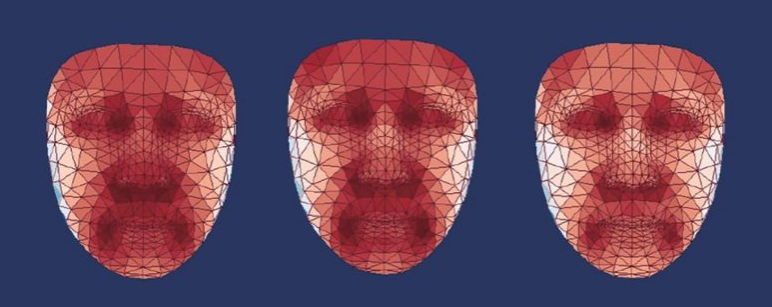The editor of Downcodes learned that a latest study published in the journal "Cell Metabolism" shows that using thermal imaging cameras and artificial intelligence technology to analyze facial temperature can effectively detect a variety of chronic diseases and assess physiological age. This breakthrough research provides new possibilities for early disease diagnosis and health monitoring, and brings new hope for people's health management. By analyzing the correlation between the temperature of different areas of the face and diseases, the researchers built an AI model and successfully predicted the "thermal age" of an individual.
Recently, a study published in the journal Cell Metabolism showed that researchers used thermal imaging cameras and artificial intelligence technology to detect a variety of chronic diseases and assess a person's physiological age by analyzing facial temperature. This innovative approach offers new possibilities for early disease diagnosis and health monitoring.

Research has found that the temperature of different areas of the face is associated with various chronic diseases, such as diabetes and high blood pressure. A lower nose temperature indicates less severe thermal aging, while a higher cheek temperature may indicate increased blood pressure. Elevated temperatures around the eyes may be associated with metabolic disorders such as diabetes and fatty liver disease.
The research team analyzed the facial temperature data of more than 2,800 Chinese participants aged 21 to 88, and used this information to train an AI model to predict a person's thermal age. They identified several key facial areas, such as the nose, eyes and cheeks, where temperature was significantly correlated with age and health.
Professor Jing-Dong Jackie Han from Peking University said: Our tool has the potential to promote healthy aging and help people avoid disease.
Research has also found that regular exercise can reduce a person's thermal age. In one experiment, 23 participants jumped rope at least 800 times a day for two weeks and the results showed that their thermal age decreased by an average of 5 years.
The research team plans to further explore the application of thermal facial imaging in predicting other diseases, such as sleep disorders or cardiovascular disease. Professor Han emphasized: We hope to apply thermal facial imaging to clinical applications because it has great potential for early disease diagnosis and intervention.
This research, supported by the National Natural Science Foundation of China and the National Ministry of Science and Technology, opens up new avenues for health monitoring and disease prevention.
The success of this research brings new hope for early disease diagnosis and health management, and also points the way for future medical research. The editor of Downcodes believes that with the continuous development of technology, thermal facial imaging technology will play a greater role in the future and benefit more people.